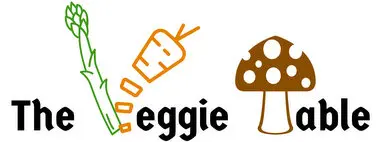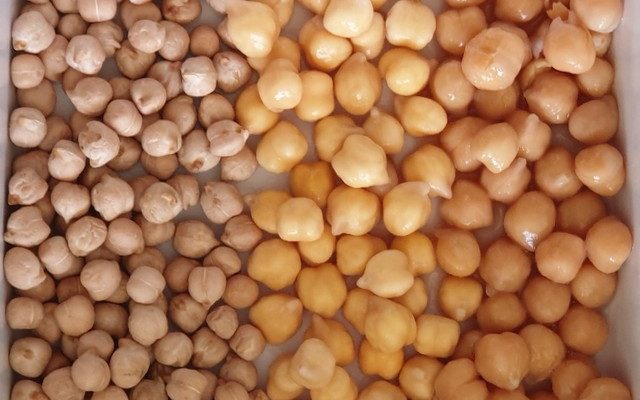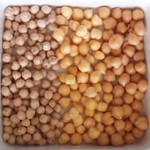 Difficulty level: Easy
Difficulty level: Easy
Beans and legumes are an excellent source of vegetarian protein and a staple of many vegetarian diets. The drawback is that they take a long time to cook, but once you know the techniques, you’ll find it’s not difficult at all. Most of the time they are just soaking or boiling on their own; your actual "hands on" time is only about 10 minutes.
Washing Beans and Legumes
Before using beans and legumes, rinse them thoroughly under cool water, then sort through them for any stones or other debris.
Soaking Beans and Legumes
All large, dry beans and legumes should be soaked before cooking,* as this shortens the cooking time and makes the beans more digestible. To soak, cover the washed beans with four times their volume of water (no salt yet), then choose one of these soaking techniques.
- Normal soak: Leave the beans to soak for at least 8-10 hours (larger beans need more time). This is the traditional and healthier method of soaking beans. (If you put them on to soak at night, they’ll be waiting for you whenever you’re ready the next day.)
- Quick soak: Bring the beans to a boil for one minute, cover, and let sit for one hour.
The beans are soaked once they are uniformly tender and have doubled or more in size.
After soaking, you have two choices:
- Drain the soaking water, rinse the beans, and cook with fresh water.
- Cook with the soaking water.
The first reduces flatulence, while the second provides more nutrients.
* Which Beans and Legumes Need Soaking?
Small ones don’t: lentils, mung beans, black-eyed peas, split peas
Large ones do: black beans, chickpeas, kidney beans, navy beans, pinto beans, white beans, etc.
Cooking Beans and Legumes
Whether reusing soaking water or adding fresh, there should be twice as much water as beans. Boil furiously, uncovered, for ten minutes. Skim off any foam that collects at the top, then cover, lower heat, and simmer for 1 hour. Stir in salt (½ tsp per cup of dry beans) and continue cooking until the beans are tender. Stir them every 15 minutes or so, adding a bit more water as needed.
White beans might be done after the first hour, but larger beans like chickpeas need more time. When you think they might be done cooking, cut one bean in half – if the color is consistent, it’s done. If there’s a lighter patch in the middle, it needs to cook longer.
Tips
- 1 c dry beans yields 2-2½ c cooked. Unless otherwise stated, the amounts given in my recipes refer to the cooked volume.
- Salt can disrupt the cooking, so should not be added while soaking or during the first hour of cooking.
- Excessive heat can make soaking beans ferment, so when it’s hot out, put soaking beans in the fridge.
- Don’t throw away the liquid you cooked the beans in, especially from chickpeas. It’s called aquafaba and is a truly magical replacement for eggs.
Recipes with Beans and Legumes
- Black bean soup
- Chickpea burgers
- Gallo pinto
- Hummus
- Refried beans
- Minestone soup
- White bean salad
- More recipes with beans and legumes
From left to right: dried | soaked | cooked garbanzo beans (chickpeas)



 Difficulty level: Easy
Difficulty level: Easy